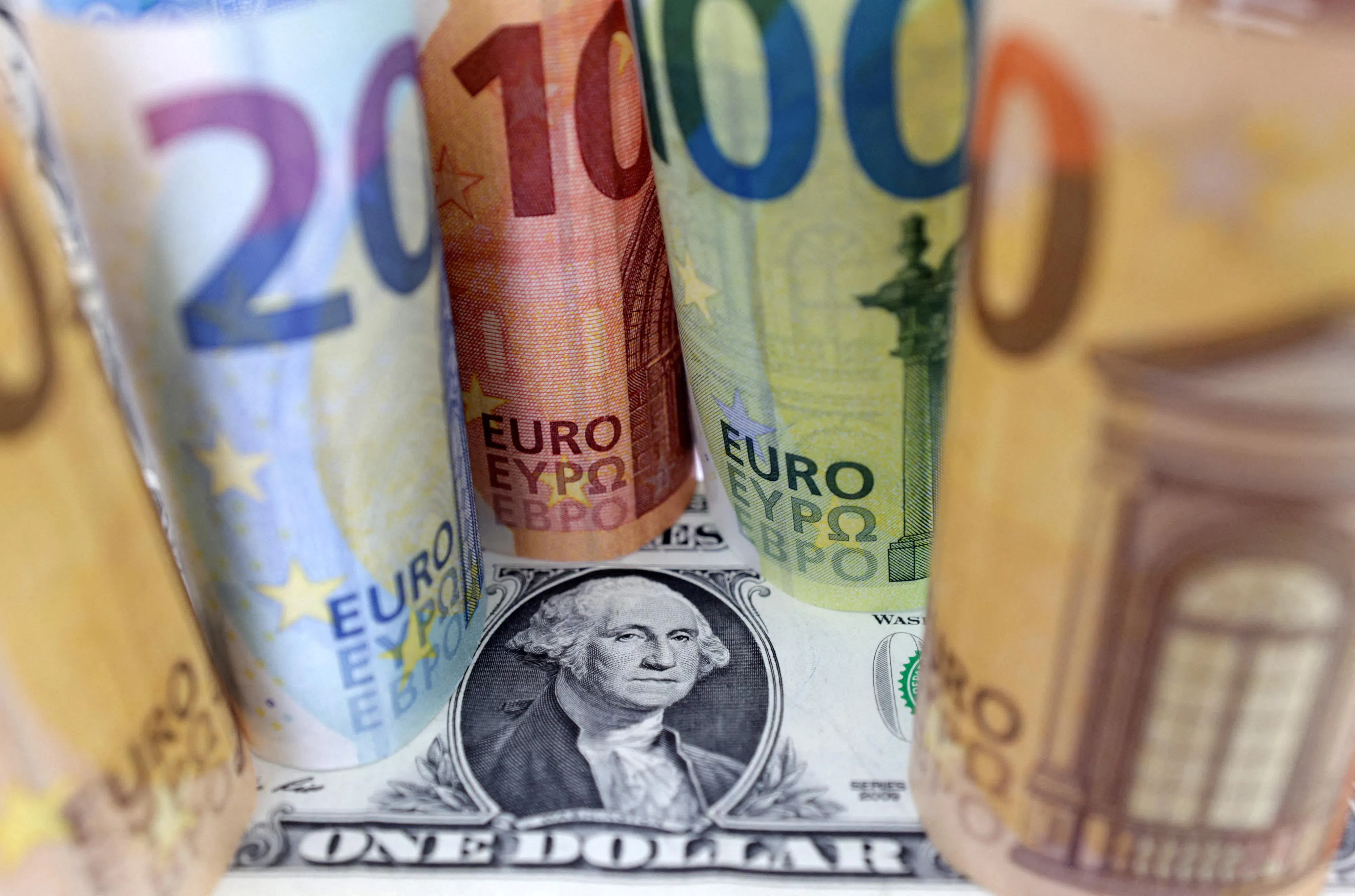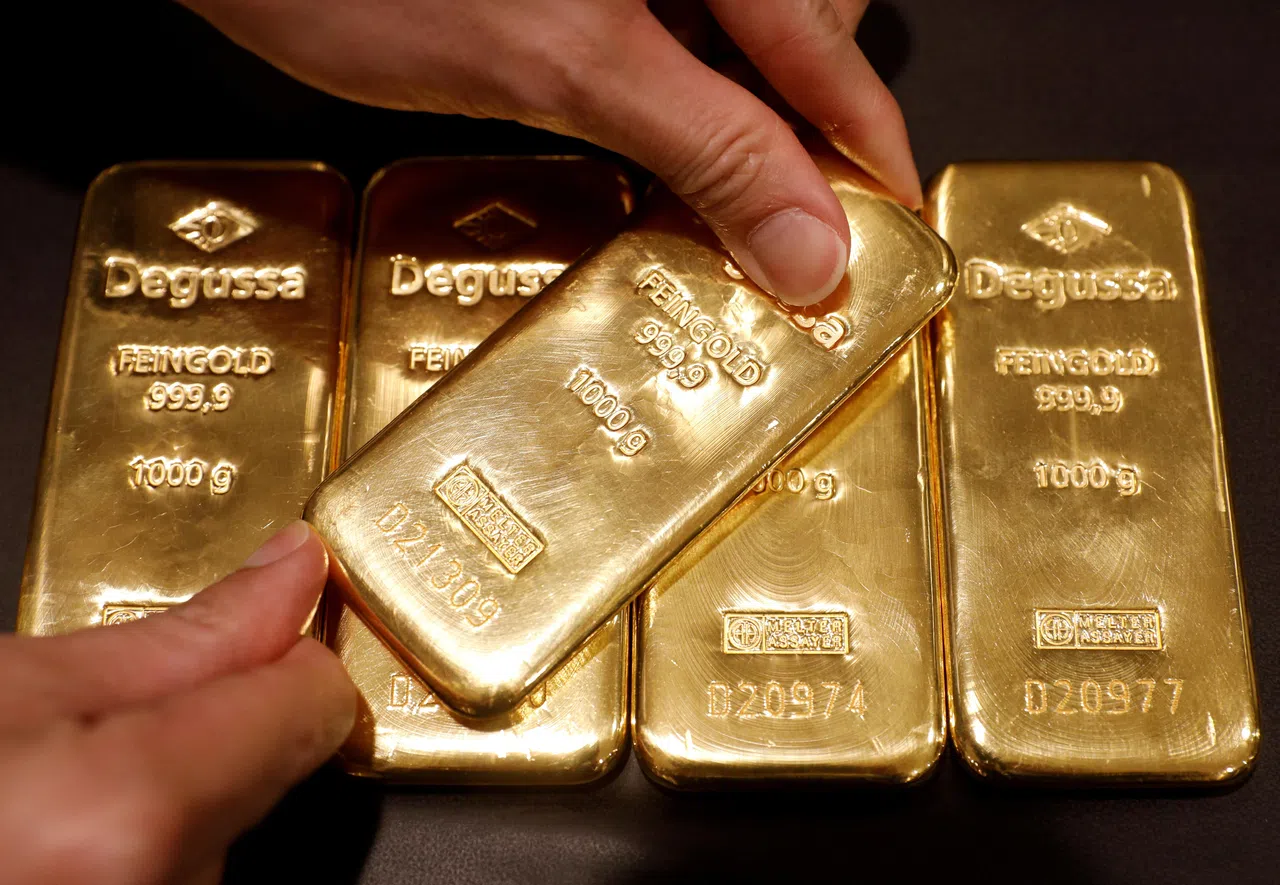The EUR/USD pair has recently exhibited significant price movements, marking a potential trend shift after a prolonged period of consolidation. The weekly chart reveals a notable breakout from a symmetrical triangle pattern, signalling the possibility of continued upward momentum.
Since early 2023, the EUR/USD pair has been in a consolidation phase, oscillating within the bounds of a symmetrical triangle, between 1.045 and 1.127. This consolidation followed a substantial downtrend that commenced in mid-2021, during which the pair dropped from levels above 1.225 to around 0.954 by September 2022. Since then, the pair has shown resilience, gradually recovering and forming higher lows. The recent breakout above the upper trendline of the triangle near the 1.10 level indicates a bullish bias.
Given this breakout and other technical indicators, the outlook for the EUR/USD appears bullish. Firstly, the recent upside breakout from the large symmetrical triangle, which has been forming since July 2023, is a convincing indication that the pair is likely to continue its upward trend. The symmetrical triangle pattern, characterised by a downward sloping upper band and an upward sloping lower band, is a classic continuation pattern. This breakout could signify the end of the consolidation phase and the beginning of a new bullish leg.
Secondly, the bullish Exponential Moving Average (EMA) crossover of the 20-week EMA above the 50-week EMA confirms a potential uptrend. This crossover suggests that shorter-term momentum is gaining strength, which could lead to sustained buying pressure in the coming weeks. Historically, such crossovers have often signalled the start of a potential uptrend.
Moreover, the Relative Strength Index (RSI) on the weekly chart is currently trending upwards, hovering around the 69 level. While not yet overbought, the RSI suggests increasing bullish momentum. A further rise in the RSI would reinforce the bullish outlook, potentially attracting more buyers into the market.
At the time of writing on Aug 22, the pair was testing the December 2023 high at around 1.14. If prices manage to close above this level, it could open the path to a short-term move towards July 2023 peak at 1.127 in the short term. In the event that prices fail to penetrate above the 1.127 region, it could still retrace and retest the upper band of the triangle pattern without invalidating the overall uptrend.
In the intermediate term, the symmetrical triangle breakout suggests a technical upside target at 1.17, which coincides with a head and shoulders neckline that acted as a support-turned-resistance through 2020 and 2021. While it can be impractical for traders to trade on the weekly chart, it paints a directional bias. Traders can use this bias to look for trade signals and confluences in lower timeframes such as the daily and four-hourly charts.
The writer is strategist at Phillip Nova



